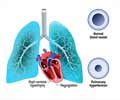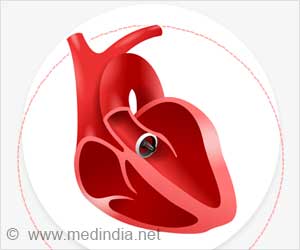A new study in CMAJ reports that patients with heart failure who see a physician in the first month after leaving hospital are more likely to survive than those who do not see a doctor.

To determine whether continuity of care resulted in better outcomes for patients with heart failure, researchers looked at data on all adults aged 20 years and over in Alberta who were discharged after hospitalization for heart failure. Patients were elderly with various health issues and had used the health care system in the year before their hospitalization for heart failure.
"Intuitively, one might consider physician continuity important for heart-failure patients discharged from hospital, given their age, high comorbidity burdens and complex therapy regimens," writes Dr. Finlay McAlister, University of Alberta, Edmonton, with coauthors. "However, a robust evidence base and multiple guidelines with consistent messaging on key management principles have made physician continuity potentially less important."
Of the total 24 373 discharged patients, 5336 (22%) did not see a physician within the first month, 16 855 (69%) saw a familiar physician (one they had seen at least twice in the year prior) and 2182 (9%) saw an unfamiliar physician. The researchers found that patients who saw a familiar physician had a lower risk of urgent readmission and death compared with patients who saw an unfamiliar physician or who did not visit a doctor.
"Early follow-up was associated with a lower risk of death or urgent readmission over 6 months, compared with no visits in the first month after discharge, regardless of whether the follow-up was with familiar or unfamiliar physicians. However, when we examined follow-up patterns throughout the 6 months after discharge, continuity with a familiar physician was associated with a significantly lower risk of death or readmission than follow-up with an unfamiliar physician, with similar effect estimates for specialist and nonspecialist follow-up," the authors write.
"The absolute reduction of 3% to 8% in risk of death or urgent readmission … observed over 3–12 months in association with follow-up in the first month after discharge was in the same range as the absolute benefits seen in placebo-controlled randomized trials of angiotensin-converting-enzyme inhibitor or b-blocker therapy. …Thus, we believe that physicians should strive to optimize continuity with their heart-failure patients after discharge and that strategies are needed in the health care system to ensure early follow-up after discharge with the patient's regular physician," the authors conclude.
Advertisement












